TL;DR
Most full-yard landscaping and hardscaping quotes that include grading, patio pavers, irrigation, lighting, and planting range from $20–$40 per square foot, with premium materials and complex access pushing higher. To evaluate a landscaping cost breakdown, compare labor, hardscape materials, drainage, and plant warranties line by line, then visualize options in ReimagineHome.ai to right-size patio areas, privacy hedges, and lighting before you commit. Prioritize drainage, low-maintenance plants, and privacy to keep budgets realistic and long-term upkeep low.
Why Outdoor Design and Curb Appeal Matter Right Now
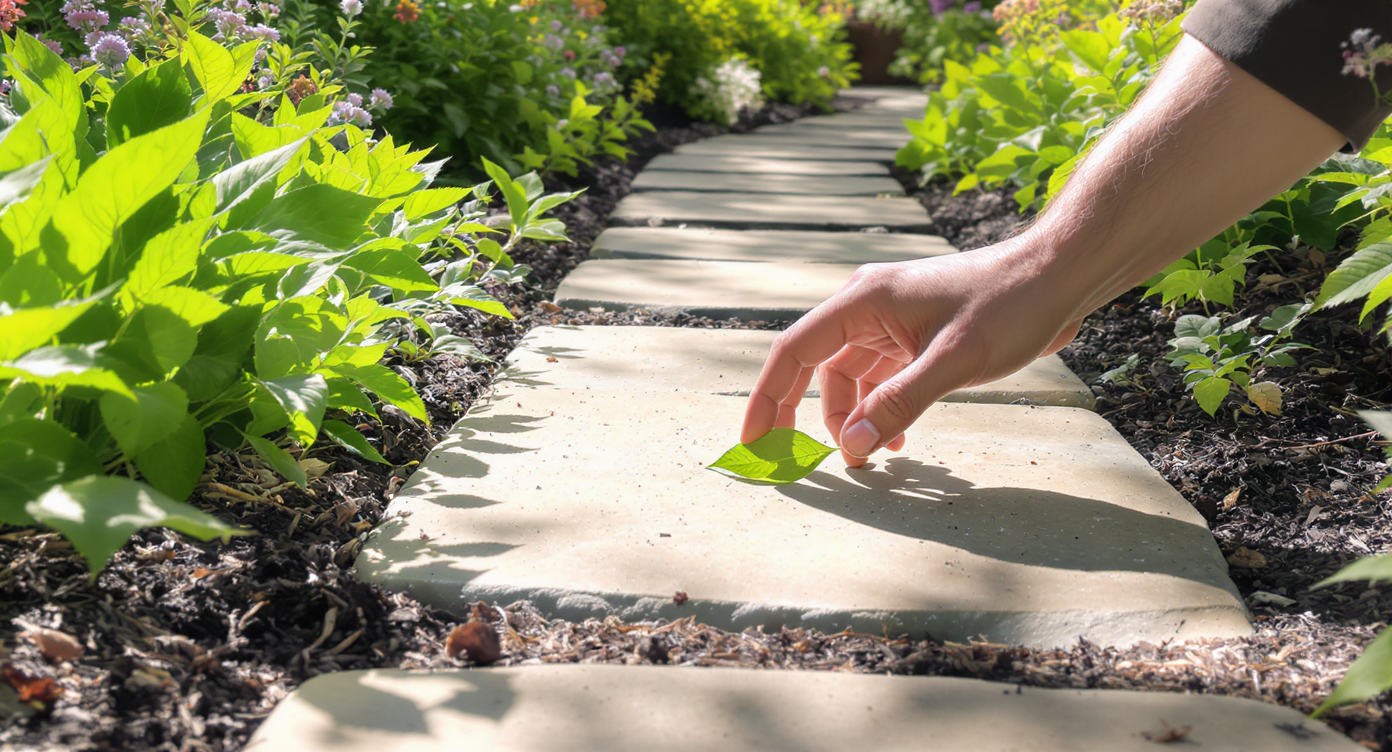
Garden paths and planting density impact both usability and cost—key factors to check in landscaping quotes.
Primary garden paths typically range from 36–48 inches wide for comfortable use. When you assess a landscaping quote, confirm path widths, patio sizes, planting density, and drainage details because these drive both cost and usability. Fair pricing balances hardscape prep (excavation, base, edge restraint), plant quality, irrigation zones, and lighting. Request a clear scope, ask about warranties, and use visual previews to trim scope without sacrificing privacy or curb appeal.
Why Landscaping, Gardening & Hardscaping Are Changing
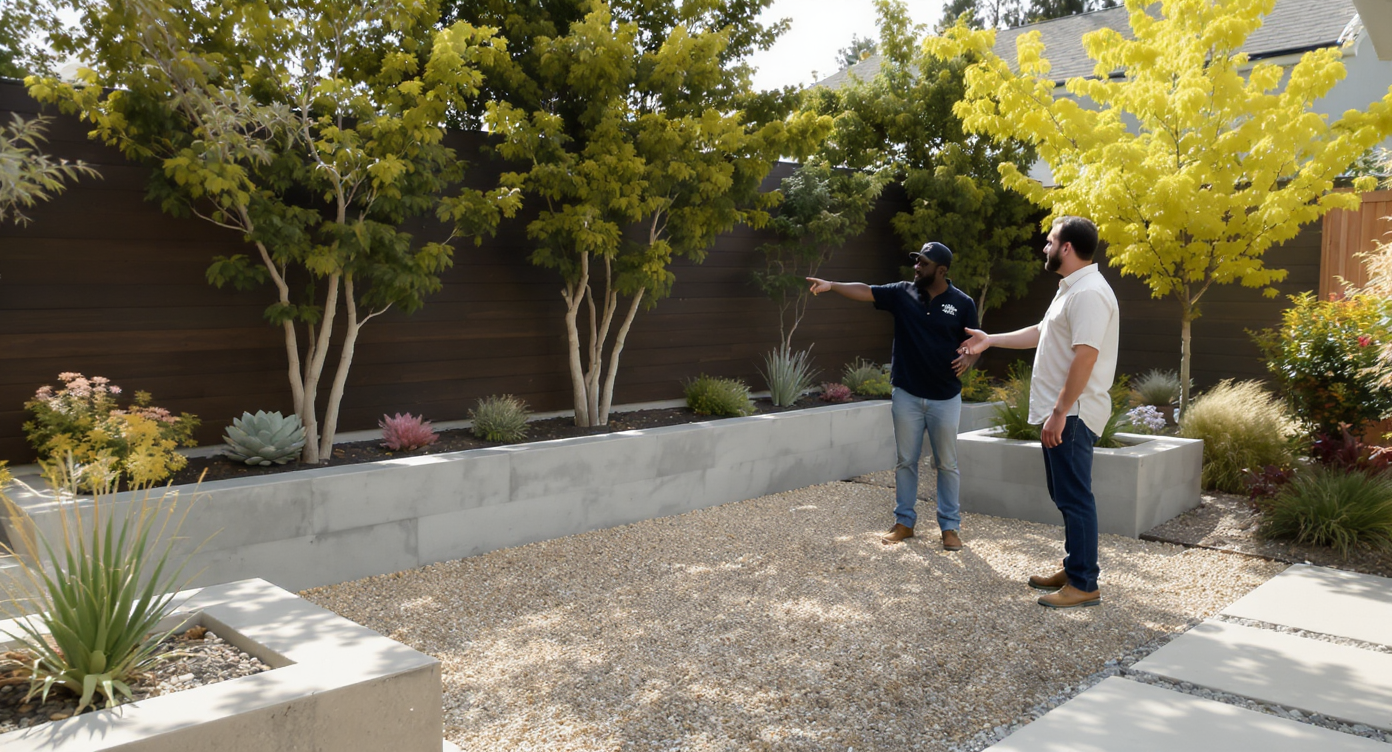
Hardscape dominates budgets today, reflecting shifts toward sustainable, low-maintenance outdoor design.
Hardscape elements often account for 50–70% of a low-maintenance yard budget. As climate swings intensify and work-from-home routines anchor us to our houses, durable patios, better drainage, water-wise planting, and practical lighting are replacing purely decorative lawns. Materials and fuel costs have climbed, and crews spend more time on grading, base prep, and compacting—tasks that are invisible once finished but crucial for longevity. The result: detailed quotes with line items for excavation, base aggregate, geotextile, polymeric sand, and disposal—plus irrigation retrofits to keep plantings efficient, not thirsty.
Anecdote
A coastal homeowner swapped a planned running bamboo screen for clumping ‘Alphonse Karr’ spaced at 4–5 feet on center with drip irrigation and a 24-inch setback from the fence; the hedge filled in by year two, and maintenance stayed under two hours a month.
Key Landscaping & Hardscaping Trends (and How ReimagineHome.ai Shows Them)

ReimagineHome.ai helps visualize drainage and layout trends for precise, functional hardscaping design.
Experts recommend a 1–2% slope for patios for proper drainage. When you read a hardscaping estimate, look for that number in the fine print—alongside base depth (typically 6–8 inches for patios, more for driveways), edge restraint type, and jointing sand. Today’s best landscaping ideas center on performance and low maintenance:
How to Use ReimagineHome.ai to Visualize Yards, Paths & Patios
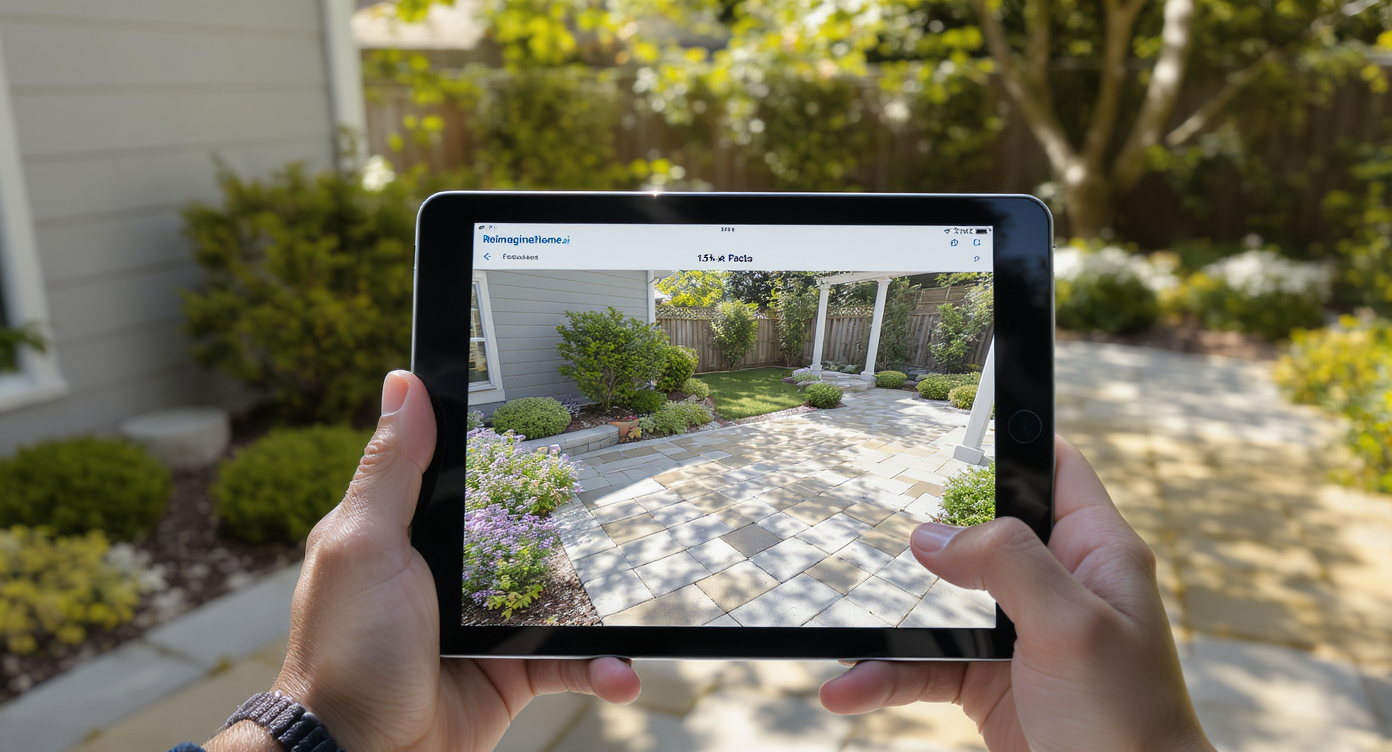
Visualize yards and patios with proper plant spacing and slope using ReimagineHome.ai for confident decisions.
For airflow and maintenance, shrubs should be planted 18–24 inches from foundations. That spacing guideline prevents mildew and keeps siding clean—one of many rules you can validate visually before digging. Here’s how to test-drive your layout with a single photo:
Real-World Stories — Landscaping & Hardscaping in Action
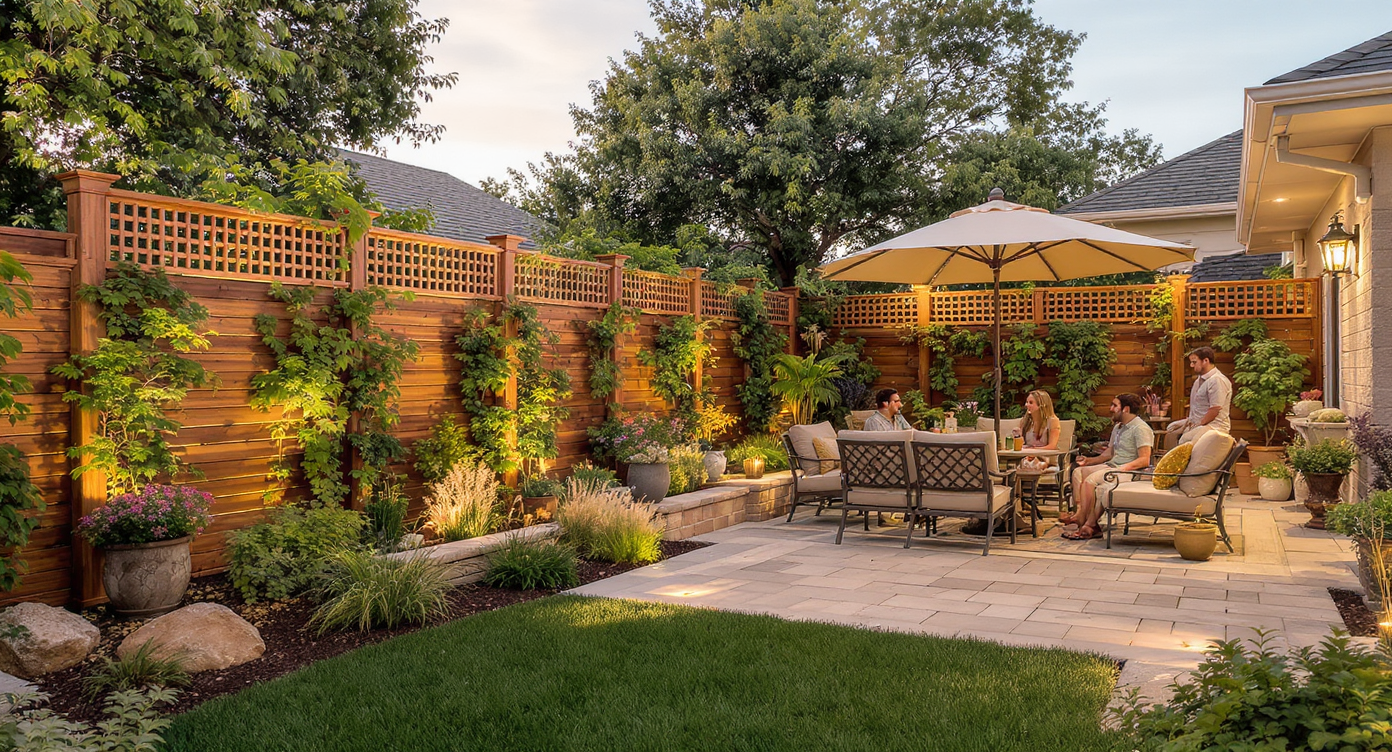
Thoughtful landscaping and privacy elements enhance outdoor living and increase perceived home value.
Thoughtful front yard updates can boost perceived home value by 5–15%. In backyards, privacy landscaping and a well-sized patio often make the biggest day-to-day difference. Three quick stories show how the right scope—at the right price—pays off:
Visualization Scenario
Upload your back yard to ReimagineHome.ai and toggle between a 12x16 vs 14x20 paver patio, test a curving gravel path with 24-inch stepping stones, add a 30-inch-high seat wall, and preview a podocarpus hedge vs. a wood fence for privacy.
FAQ
- How do I design a small backyard layout? Start with one primary use (dining, lounging, or play), a 10–12 ft diameter zone for seating, and a 36–42 inch circulation loop. Use vertical privacy screens (fences, trellises, clumping bamboo, or podocarpus) and limit materials to 2–3 finishes. - How do I create low-maintenance landscaping? Reduce lawn, expand drip-irrigated beds, and choose drought-tolerant or native plants like yaupon holly, wax myrtle, muhly grass, and dwarf palmetto. Rule: mulch 2–3 inches, plant in masses, and space for mature size to minimize pruning. - Can I preview landscaping ideas using a photo? Yes. Upload an exterior shot to ReimagineHome.ai and iterate patio sizes, path shapes, hedges, lighting, and material palettes to compare costs and maintenance before hiring. - How far should shrubs be from my foundation? Keep 18–24 inches for airflow and maintenance; 24–36 inches for larger shrubs. Maintain a 2–3 inch mulch layer and avoid piling soil against siding. - What materials work best for modern hardscaping? Concrete, architectural pavers, and stone/gravel blends. Rule of thumb: pick one primary surface and one accent, and ensure a 1–2% slope away from structures for drainage.
Visualize Your Home’s Next Chapter
Evenings when uplights graze bark and the terrace holds warm conversation. Mornings when filtered shade keeps coffee cool on the steps. Saturdays when kids run a looped path and you don’t worry about muddy shoes because drainage is dialed. This is what smart landscaping and hardscaping buys: moments you actually live in. Before you break ground, explore every possibility. Try ReimagineHome.ai with a single photo.
.svg)

.svg)

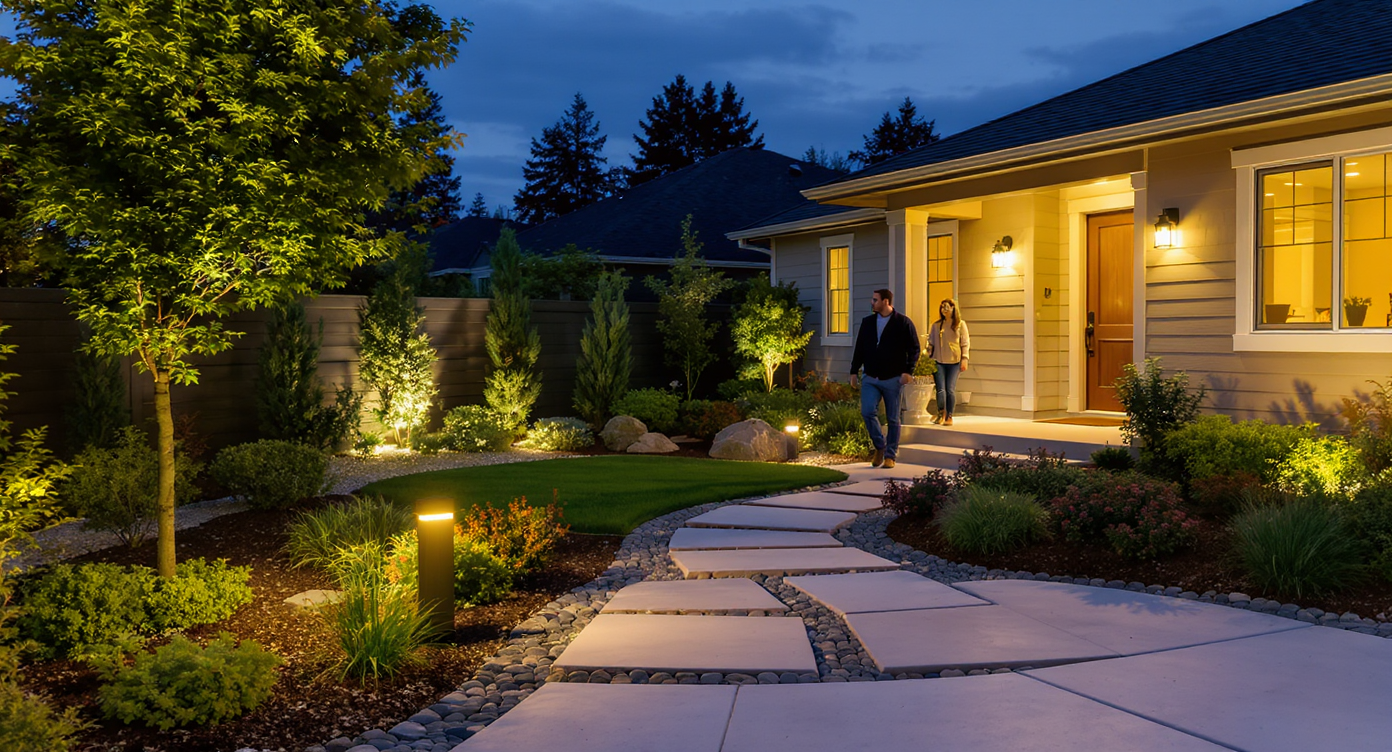
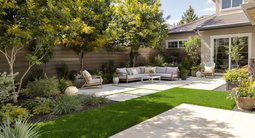
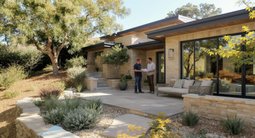


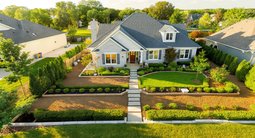
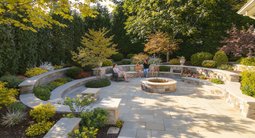


.png)